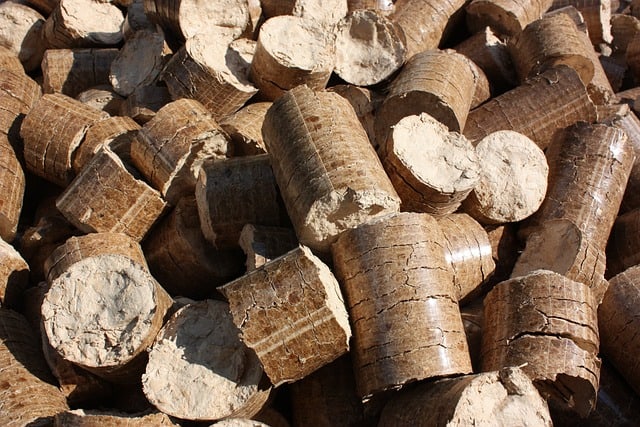A pellet stove is a heating appliance that burns compressed wood or biomass pellets to produce heat. Rather than using firewood as in a fireplace or stove, it uses pellets that are typically made from compressed sawdust, wood shavings, agricultural crop waste, or other biomass materials.
A typical pellet stove requires electricity to automate certain features such as the pellet feeder and blowers for heat and exhaust flow. But you can now purchase non-electric pellet stoves that come with gravity-fed pellet feeders that can enable the stove to burn for hours without manual addition of pellets, battery-operates pellet stoves as well as models that can be manually lit.
Let’s take a closer look at these options below.
Pellet stoves that don’t use electricity
Pellet stoves can work without electricity in a few different ways, depending on the specific design of the stove. Here are a few possibilities:
- Gravity-fed systems: Some pellet stoves use a gravity-fed system to deliver pellets to the combustion chamber. In this design, pellets are loaded into a hopper at the top of the stove, and they slowly trickle down into the combustion chamber due to the force of gravity. This allows the stove to continue operating even if the electricity goes out, as long as there is fuel in the hopper.
- Battery backup: Some pellet stoves come with a battery backup system that can keep the stove running for a short period of time (usually a few hours) in the event of a power outage. This allows the stove to maintain heat output and keep the living space warm until power is restored.
- Manual ignition: Some pellet stoves have a manual ignition system that allows you to light the pellets with a match or lighter. This can be helpful if the stove’s electronic ignition system is not working due to a power outage.
It’s important to note that while pellet stoves can operate without electricity, they may not be as efficient or effective as they are with power. For example, without electricity, the stove’s fans and blowers won’t work, which can reduce the stove’s heating capacity and limit its ability to circulate warm air throughout the room.
Additionally, pellet stoves that rely on gravity-fed systems may require more frequent refilling, as pellets won’t be automatically delivered to the combustion chamber.

Gravity fed vs battery backup vs manual ignition pellet stoves
Here’s a table comparing the three types of non-electric pellet stoves based on their features:
| Feature | Gravity-fed system | Battery backup system | Manual ignition model |
|---|---|---|---|
| Ignition | Automatic | Automatic | Manual |
| Power source | Electricity | Electricity | Manual |
| Backup power | None | Battery | None |
| Heat output range | Low to medium | Low to high | Low to high |
| Efficiency | Moderate | High | Moderate |
| Fuel consumption | Low | Low to moderate | Moderate |
| Price range | Low to moderate | High | Low to moderate |
Note: The information provided in this table is a generalization and may vary based on the specific model and manufacturer.


